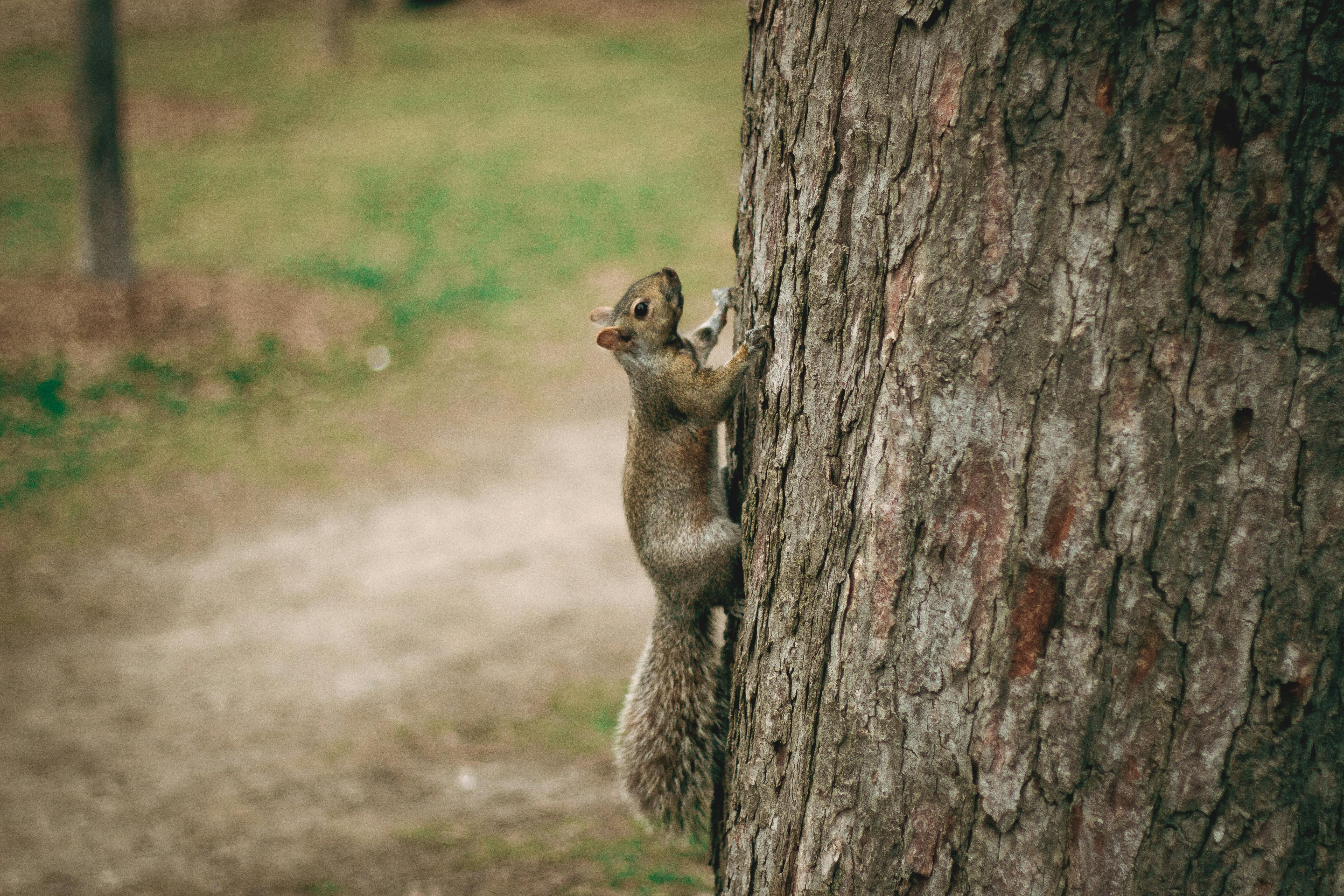
Overhanging branches and vegetation close to structures can be easily used by rodents and wildlife to access and explore buildings for entry points. Read on to find out what you can do to deter travel and prevent entry into your home.
Read more: Why are overhanging branches an issue on a house?
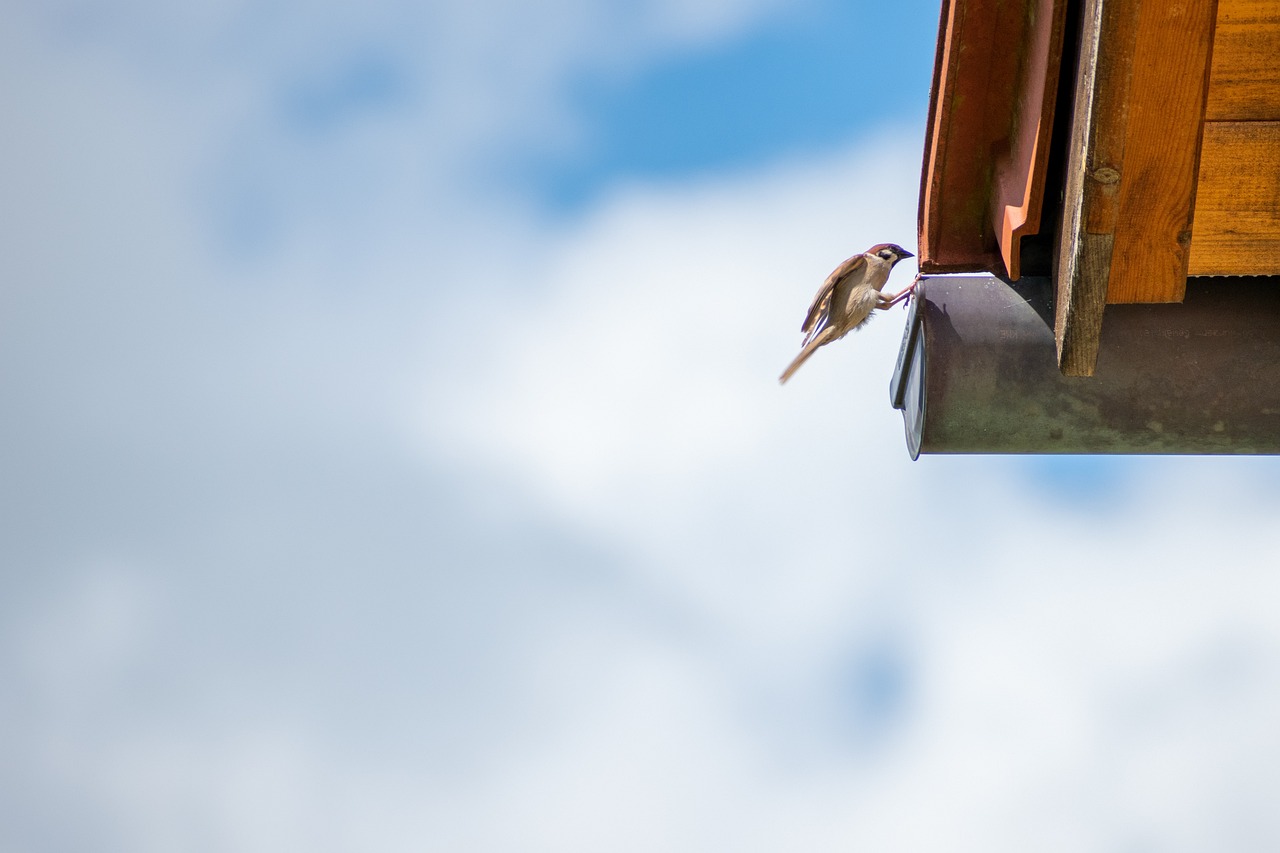
Gutters intended to manage precipitation off roofs can also provide easy wildlife thoroughfares along its edge. As wildlife use these structural features, vulnerabilities and gaps are identified and accessed to enter attic spaces. Read on to know what to look out for, how to solve the problem or better yet prevent it from occurring in the first place.
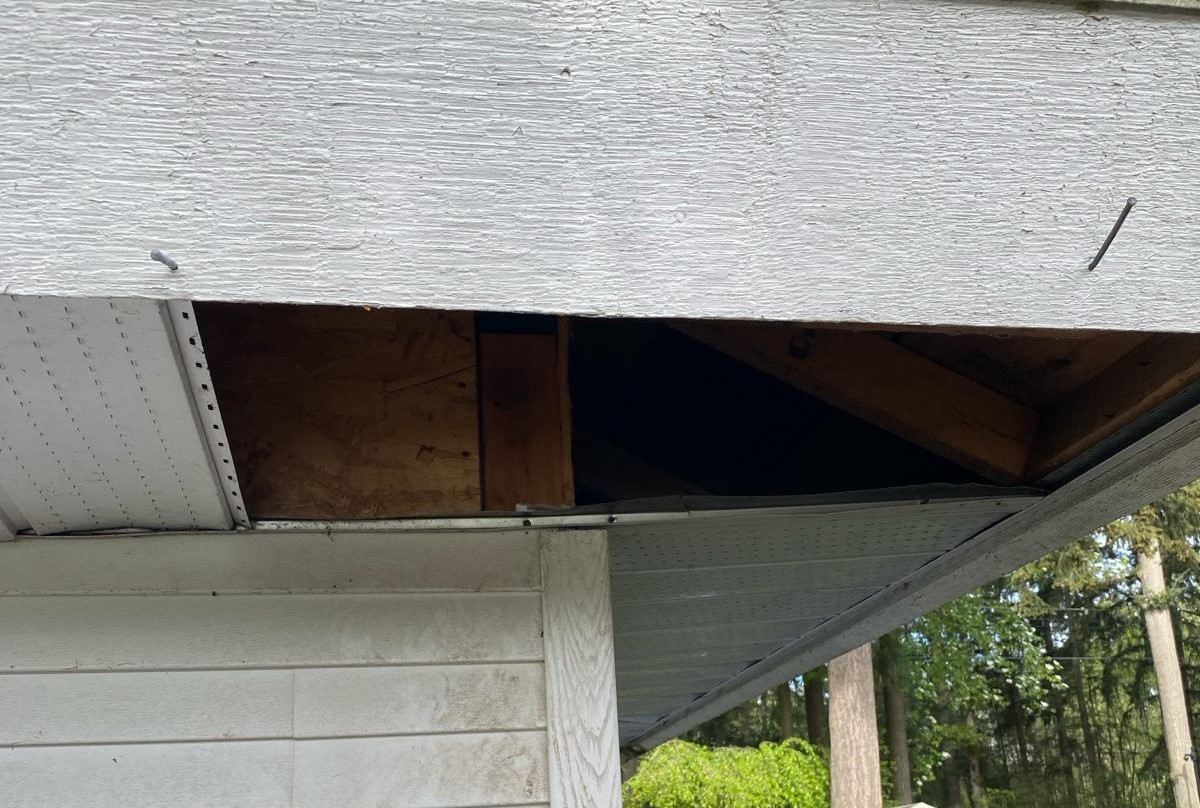
Have you considered how the soffiting and soffit angles are prime sites for wildlife entry? Often overlooked, these architectural features are vulnerable to being accessed by everything from birds to raccoons. Let's explore why this is the case and how to effectively prevent against unwanted guests.
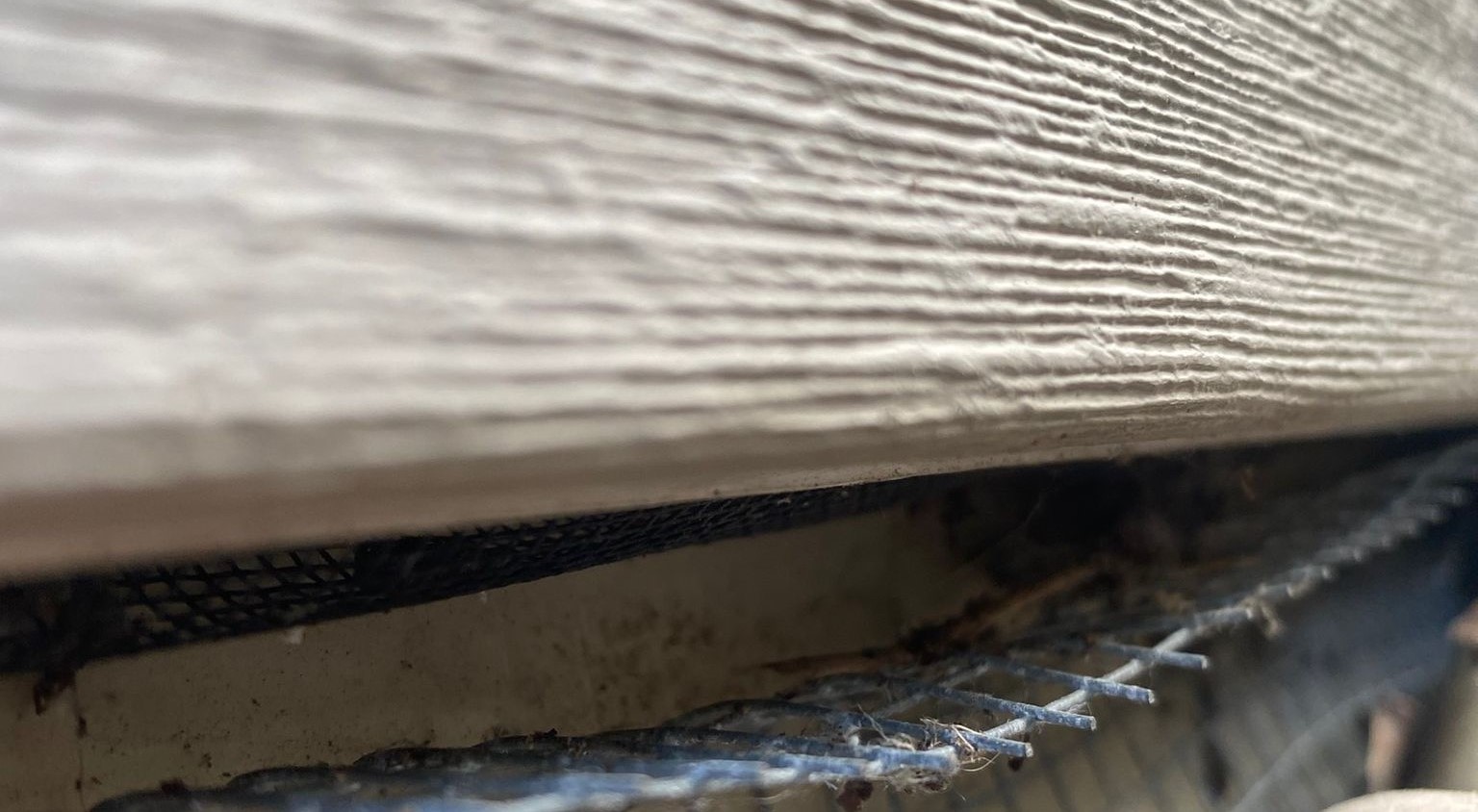
Mice are among the most persistent animals when it comes to homes and buildings. However many homeowners are unaware of the architectural features such as siding gaps which allow mice to effectively enter structures and explore living spaces. Read on to find out how this element is a easy access point and what do to about it to prevent ongoing mice entry.
Read more: Siding gaps - what are they and why do mice love them?

Roof vents are ideal points of entry for rodents, wildlife and birds to access your structure. Whether it is raccoons lifting the covers or squirrels chewing directly through the plastic, read on to ensure your vents are wildlife proof to safeguard against unwanted guests & promote efficient ventilation.
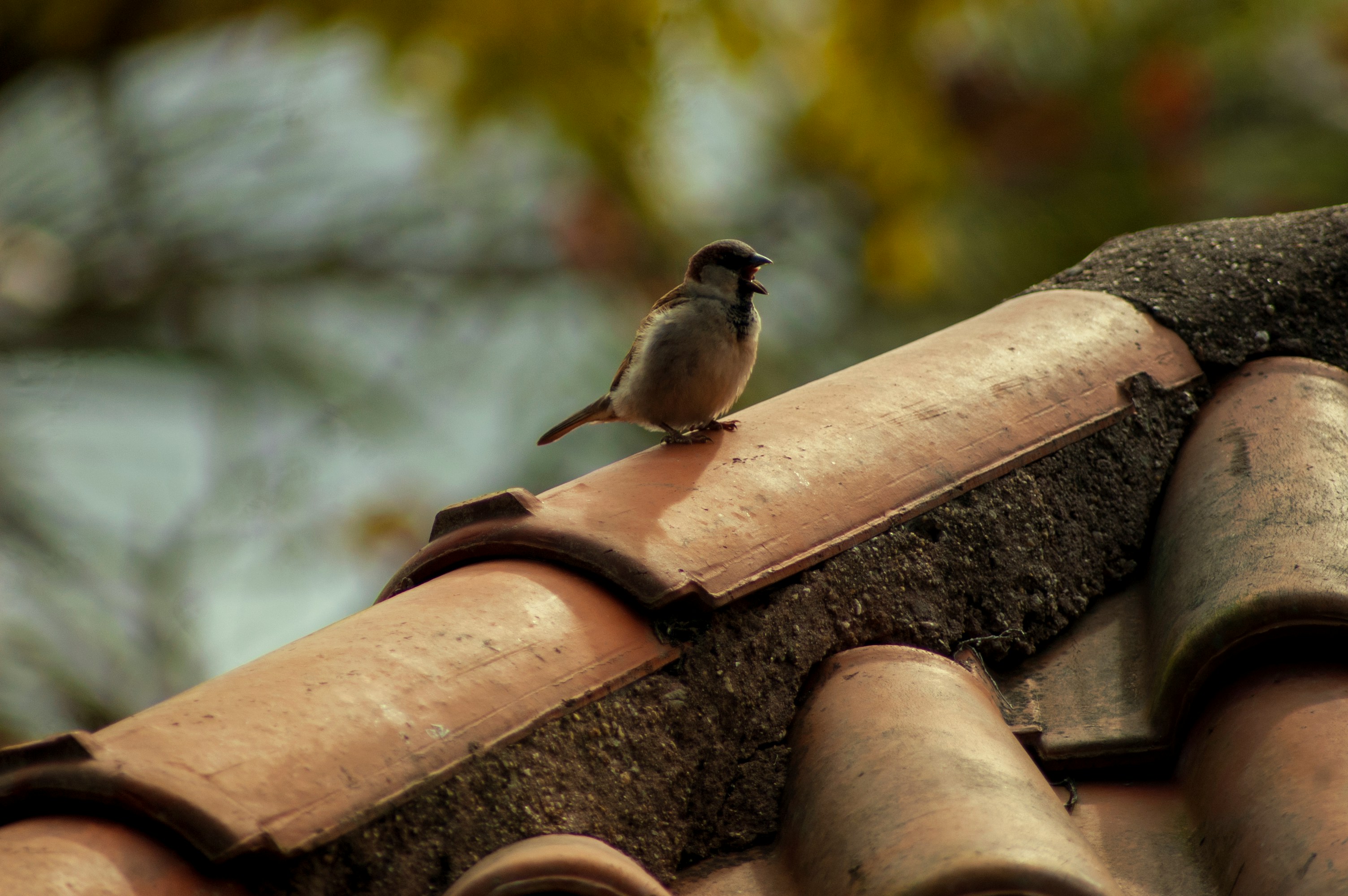
Roof structures are vulnerable to all wildlife which either climb or fly. You may not even realise your roofer or contractor has left vulnerable spots for critters to access. Read on for what to look out for and how to pest proof your roof!

